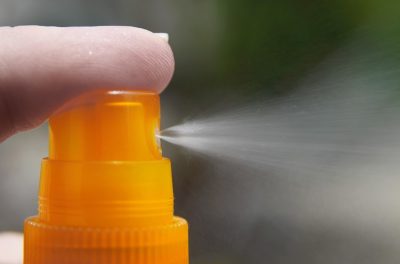The guide released Tuesday by the Environmental Working Group, or EWG, has the ratings of the safety and efficacy of more than 1,000 sunscreens, moisturizers and lip balms that advertise sun protection.

Researchers with the nonprofit, non-partisan organization found that, in addition to two-thirds of the products not working well, they contain ingredients that could harm health such as hormone-disrupting ingredients like oxybenzone, an allergen that soaks through skin.
Supporter Spotlight
Additionally, Hawaii lawmakers recently moved to ban oxybenzone due to its role in coral bleaching and coral death. Hawaii Gov. David Yutaka Ige has not signed the bill into law.
Oxybenzone is found in most products on the market, including nearly all sunscreens advertising a sun protection factor, or SPF, value greater than 50. Sunscreen products are capped at SPF 50 in Europe and Japan, and 50+ in Canada and Australia but not in the United States.
David Andrews, an EWG senior scientist, said sunscreen with high values do not fully protect the skin for extended periods of time and people tend to misuse the products by not reapplying while in the sun.
A poor quality sunscreen may prevent sunburn, but won’t shield skin from harmful ultraviolet A rays that cause skin aging and possibly melanoma. EWG estimates that half of all sunscreens on the U.S. market would not pass the more stringent European ingredient standards, which require stronger UVA protection.
This year’s Guide to Sunscreens includes a list of the best-rated sunscreens for children. The guide helps consumers find products that have high ratings for providing broad-spectrum protection and made with ingredients that pose fewer health concerns.
Supporter Spotlight
The EWG offered some tips for choosing better sunscreens and keeping children safe in the sun:
- Avoid products with oxybenzone. This chemical penetrates the skin, gets into the bloodstream and block the male sex hormone androgen.
- Stay away from sunscreens with SPF values higher than 50. High SPF values do not provide increased UVA protection and may fool you into thinking you’re safe from sun damage.
- Avoid sprays. These popular products don’t provide a thick and uniform coating on skin. They also pose inhalation concerns.
- Cover up with clothing, hats and sunglasses.
- Avoid intense sun exposure during the peak hours of 10 a.m. to 4 p.m.
Shoppers on the go can download EWG’s Healthy Living app to get ratings and safety information on sunscreens and other personal care products. Also be sure to check out EWG’s sunscreen label decoder.







